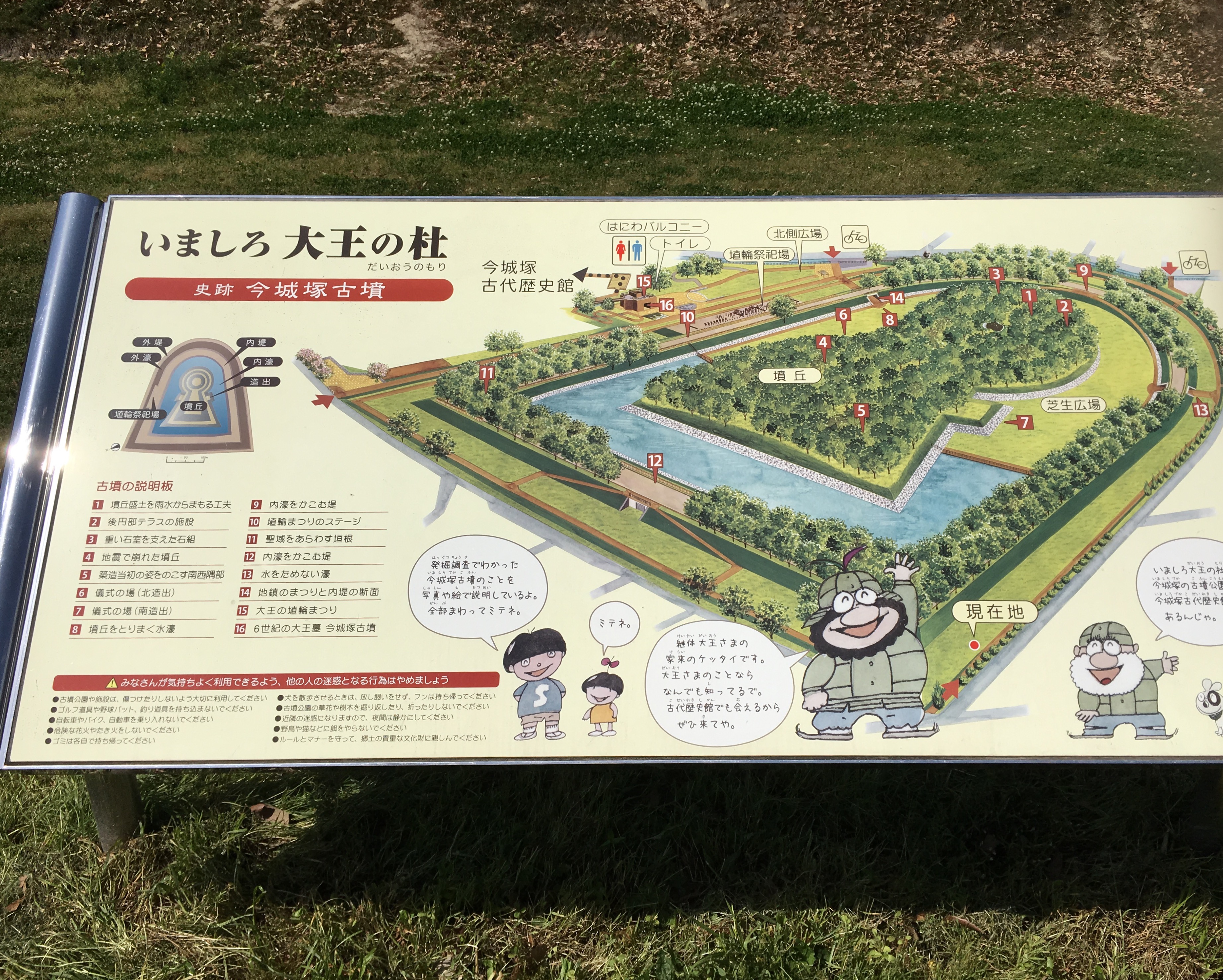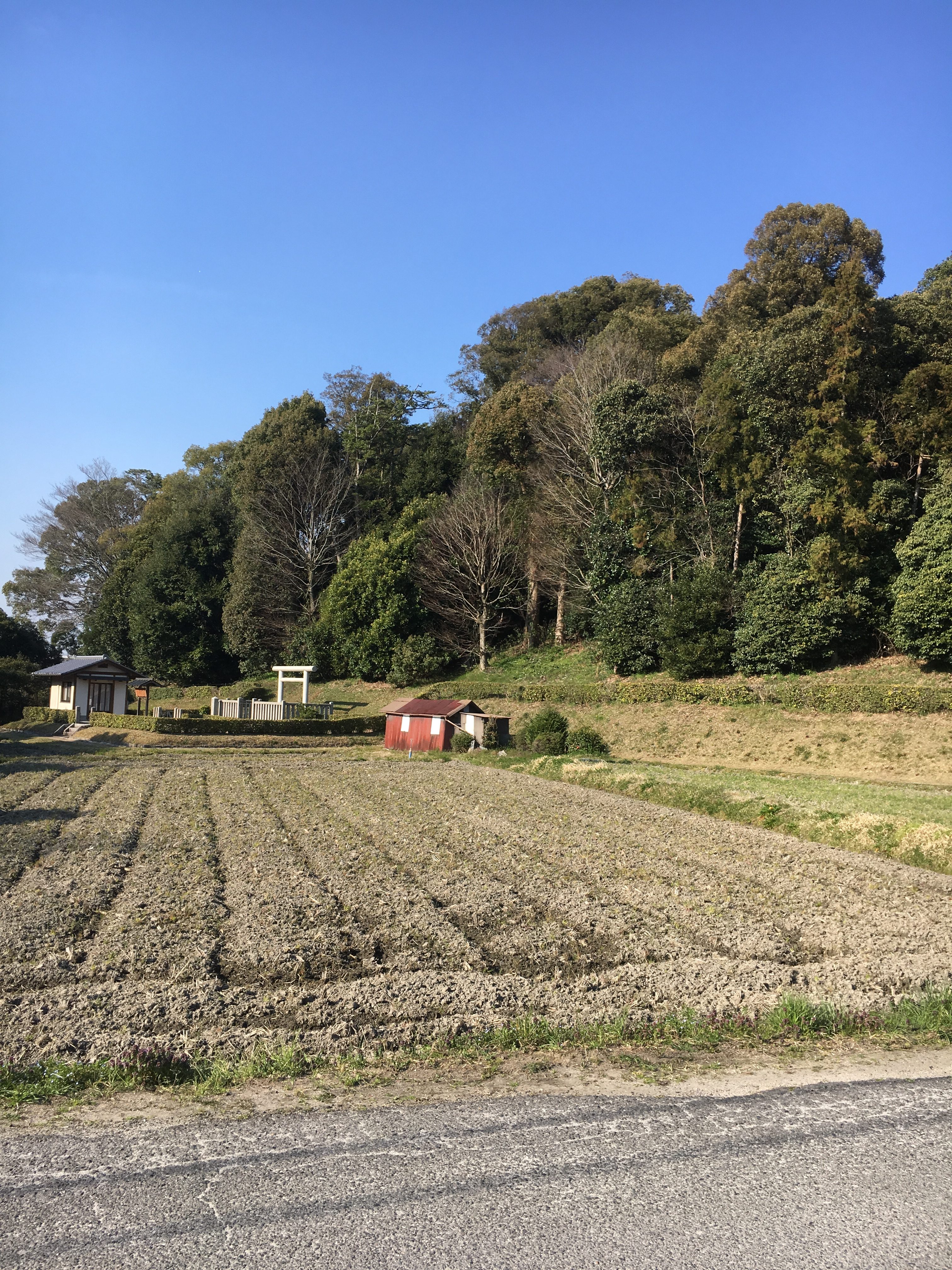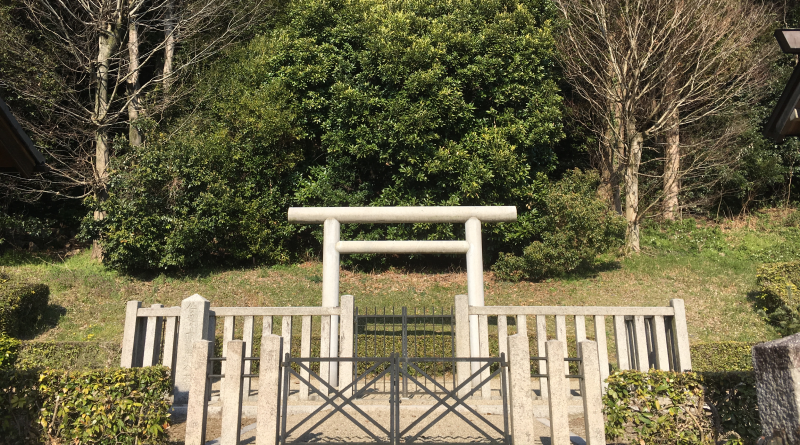Hashihaka Kofun, and the Origin of Japan
The archaeological beginning of Japan is a very hot button issue. Exactly when did primitive people migrated to Japan? Where did they come from? What did they look like? The key to understanding much about early Japan lies in its kofun.
For thousands of years, many Japanese accepted what was in the Kojiki as fact. But let’s face it, the Kojiki, especially the first half of it, is mythology and there is no archaeological evidence to back up many of the events recorded there.
So, for a change, we are going to spend some time today talking about Japan’s origins from a purely archaeological standpoint. Please keep in mind that the concepts we are going to cover today are not infallible, but are the general consensus of many Japanese historians and archaeologists.
The Mystery of 4th Century
The Country of “Wa”
Japan was first mentioned in a Chinese history book from around 1 B.C. called “The Book of Han”.
It reads,
“Over the Lelang Commandery, there is a country called “Wa”,
which is made up of 100 little kingdoms who periodically bring tribute to the Emperor.”
Though this description is rather short, it tells us that there were already people living in Japan and that they had formed their own government.
The Record of the Three Kingdoms
A few decades later “The Book of the Later Han” [後漢書東夷伝] (57 A.D) says that the Kingdom of Na from the Country of Wa brought tribute to the Later Han Dynasty, and that Wa is in the south of China. The Kingdom of Na was given a golden stamp from the Emperor of China as a token of friendship between these kingdoms. In 1784, a gold stamp matching the description of the stamp given to the Kingdom of Na was discovered in Fukuoka Prefecture, which is indeed very close to China.
A long and detailed explanation about Japan appears in The Record of the Three Kingdoms [三国志] (3 A.D.). There is a lot we can learn from this book about early Japan, but to summarize:
・The Country of Wa experienced a civil war, but the war ended after a woman named Himiko became the leader of a kingdom called Yamatai-koku.
・Himiko is a shaman and therefore doesn’t have a husband
・Himiko brought tribute to Wei [魏] (i.e. China) where she received the title of 親魏倭王, literally meaning “Wei-Friendly King of Wa”
・The Kingdom of Yamatai-koku does not get along with the Kingdom of Kuna-koku.
・Himiko died in 247 C.E. and was buried in a large mound roughly 100 steps in diameter. After Himiko died, she was succeed by a 13 year old girl named Iyo.
The descriptions in the Record of the Three Kingdoms even go so far as to include information about day-to-day life in Yamatai-koku. The book also tells us how to get to Yamatai-koku. Unfortunately, if you follow the route in the text, you would end up in the middle of the ocean! However, experts generally assume that Yamatai-koku was either in Kyushu or Nara.

Lost Kingdom
Somewhat mysteriously, after the year 266 A.D. there are almost no records that mention Japan for over a hundred years. The only one text historians have been able to find that mentions Japan is the Book of Song [宋書].
According to the Book of Song, from 413 A.D. to 478 A.D. there were five different kings from Japan who brought tribute to the Chinese emperor. Those are the Richu (17th), Hansei (18th), Ingyo (19th), Anko (20th) and and Yuryaku (21st) respectively. This documentation is important because it establishes that by the year 413 A.D. Japan had formed its iconic Imperial Family.
However, the mystery remains; what happened to Yamatai-koku after 266 A.D? Did it vanish? Did Kuna-koku or some other country conquer it? Was it even real? The key to answering these question lies in Japan’s kofun.
The Birth of Japan’s Kofun
A kofun, also known as a tulmulus or burial mound, is a type of grave reserved for men of high status. Many powerful emperors and their families for example, have been buried in kofun. Kofun can vary in size and shape according to the location and age, or even the status of the person buried there. Also, it was conventional to bury the individual’s belongings with them in the kofun. This means that archaeologist can use various techniques to accurately estimate the age of a kofun.

The very first kofun were just small mounds, but gradually large keyhole-shaped kofun surrounded by moats began to appear in an area of Nara to the north of Omiwa Shrine during the 3rd century. These key-shaped kofun then spread throughout Japan during the 4th and 5th centuries, suggesting that a very powerful kingdom, called Yamato Kingdom, was able to control most of what is present day Japan.
It is also a fact that the ancient Yamato Kingdom, which originated in Nara, established Japan’s Imperial bloodline.
The first Keyhole-shaped Kofun: Hashihaka Kofun
Among the Makimuku Ruins just north of Omiwa Shrine in Nara is Hashihaka Kofun, the first key-shaped kofun in Japan. It is quite natural to assume that the person buried in Hashihaka Kofun either established the Yamato Kingdom, or at the very least, greatly contributed to it.


However, the Nihon Shoki says that Princess Momoso is buried in Hashihaka Kofun and that she is the daughter of an emperor. Unfortunately, because of her potential relationship to the Imperial family, it is forbidden to do extensive excavations in Hashihaka Kofun. What we do know a couple things for sure is that Hashihaka Kofun was built between 240-260 C.E. Another is that The Record of The Three Kingdoms describes Himiko’s burial mound roughly 100 steps in diameter. The mound of Hashihaka Kofun is roughly 100 steps too. Interestingly, the Nihon Shoki mentions that Princess Momoso was a shaman, and Himoko was also a shaman.

If Himiko died in 247 A.D. and if Hashihaka Kofun is Himiko’s burial mound, then it may be safe to conclude that Yamatai-koku somehow became the Yamato Kingdom and Himiko was a key figure in creating the Yamato Kingdom.
Of course, is still a theory that Himiko is buried in Hashihaka Kofun (maybe even just a hypothesis). Moreover, if it is true, it only raises even more questions about how Japan formed as a nation.
No matter what theory is correct, Hashihaka Kofun is certainly one of the keys to solving the mystery of Japan origins.


Leave a Reply